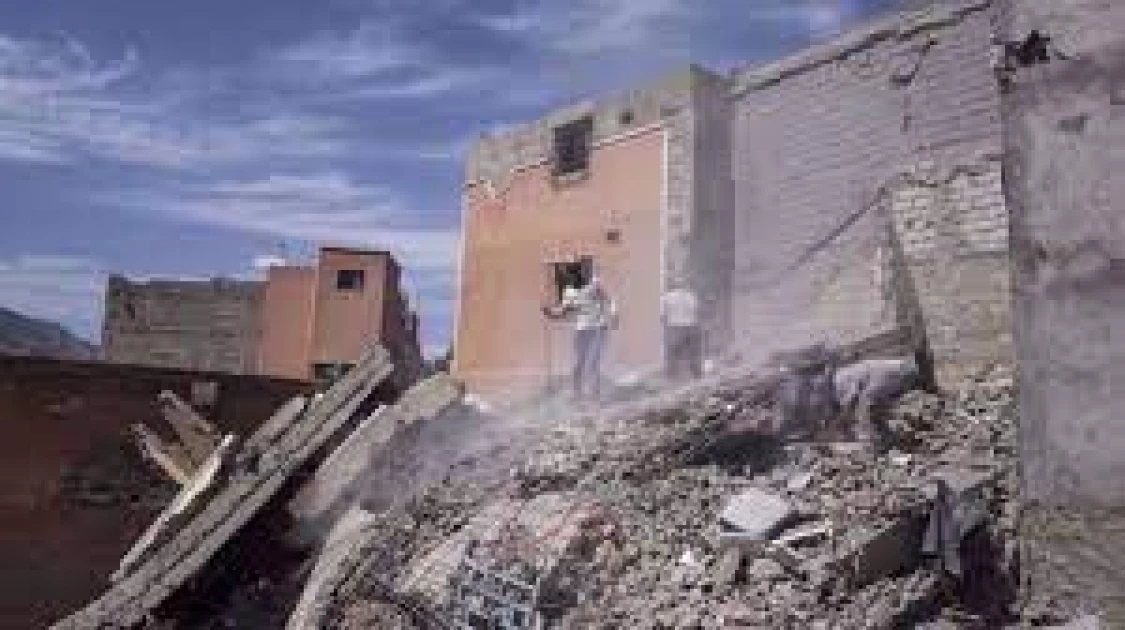Western Afghanistan Struck By Magnitude 6.3 Earthquake
After several comparable shocks over the weekend, a magnitude 6.3 earthquake rocked western Afghanistan on Wednesday, killing more than 2,000 people.
According to the United States Geological Survey, the earthquake took place at a shallow depth at approximately 05:10 am local time (00:40 GMT), with its epicentre located about 29 kilometers north of the city of Herat.
Since Saturday, volunteers and rescuers have been searching for survivors of the earlier series of earthquakes, which, according to UN estimates, destroyed entire towns and affected more than 12,000 people.
Local and national officials have reported varying numbers of individuals killed and injured in the prior earthquakes, but the disaster ministry has stated that 2,053 people were involved in those incidents.
The disaster management ministry’s spokesman, Mullah Janan Sayeq, stated that “we can’t give exact numbers for dead and wounded as it is in flux.”
Following the earthquake that occurred in Herat city, which is home to more than 500,000 people, there were no additional casualties immediately reported.
According to the UN, the earlier earthquakes completely destroyed at least 11 villages in the Zenda Jan area of Herat province.
Mohammad Naeem, 40, told AFP that he lost 12 relatives, including his mother, in the earthquakes that occurred on Saturday. “Not a single house is left, not even a room where we could stay at night,” he said.
“We can no longer reside here. As you can see, our family was martyred at this place. How are we able to live here?
Because they were afraid of aftershocks from the weekend tremors, many Herat residents were said to have been spending their evenings in open-air tents.
Large-scale housing provision will be difficult for Afghanistan’s Taliban government, who took control in August 2021 and have strained relations with international humanitarian agencies.
Although fatal earthquakes frequently affect Afghanistan, the calamity over the weekend was the worst to batter the war-torn nation in more than 25 years.
In rural Afghanistan, the majority of houses are made of mud and constructed around wooden support poles with little steel or concrete reinforcement.
Since extended families with multiple generations frequently share one roof, devastating earthquakes can wreak havoc on entire towns.
Following the Taliban’s takeover of power, there is already a severe humanitarian catastrophe in Afghanistan as a result of the widespread withdrawal of Western aid.
An ongoing drought has been affecting the 1.9 million residents of Herat province, which is located near the Iranian border.


